The Covid in the United States is totally out of control. Or if you are a herd mentality devotee, we’ve got the damn thing right where we want it. We are setting infection records across the United States. We’re filling up hospitals and overwhelming our medical professionals. In Ohio, our infection rate is the highest it has been since this whole nightmare started. We set a new record almost every day. Our governor and health director set up a county alert system. Red is bad. Purple is move into the basement with a lifetime supply of raisons and bottled water. My county is on the watch list for purple, and the governor is giving us one week until he starts shutting down restaurants, bars, and gyms. He told us to stay home. He instituted a statewide mask order.
This is all happening because the virus is virulent, and people are indoors more of the time as temperatures become colder. The virus is happier in dry heat as we crank up our furnaces for winter. Those are the environmental and biological explanations for the spread. The social, political, and public health reasons have to do with the behavior and dysfunction of the Orange Emperor. Every public health professional I’ve watched and read has discussed the importance of a national strategy for squelching the virus. A national strategy involves effective governance. He had little interest in governing at his best moments. Since he’s lost the presidency, he has no interest whatsoever. So, unless he decides to go away, which he could if he can’t find ways to steal the election, more of our tax dollars or the silverware and china from the Whitehouse, we’re stuck where we are – some very serious and deep trouble.
It is going to take a vaccine to get us out of this. It is going to take a new administration who is interested in something besides himself and stealing as much as possible from the American people. And it is going to take time, because regardless the strategy the new president adopts, his administration is going to require a ton of work to repair the damage done through four years of incompetence, deceit, and ignorance. Good thing I shoot in raw format. I’m going to have lots of time to develop my images and hone my creativity while in lockdown.
I was out hiking often in the fall of 2019, and I had my camera with me. Those were the days … when you could go anywhere without fear of contracting the plague.
Clifton Gorge Mill

Deer Haven Park

Homestead Park
Olentangy Trail
Prairie Oaks Metro Park

Hard Road Park
Highbanks Metro Park
Old Man's Cave and Cedar Falls
Potter's Creek, Huntington Beach and Lake Erie
I shoot my images in RAW format. I’m going to explain what this is and why I shoot this way by starting with a discussion about technology.
I don’t think of myself as a very technological kind of guy. I am comfortable with words much more so than numbers. I can handle basic math; beyond basic is intimidating. As I’ve noted previously, the only numbers in my dissertation were the page numbers. When I think of technology, I think of it in terms of numbers. And this is even more so when I think about a digitized technological world.
I’m talking about digitized as in digits which are expressed as a series of 0s and 1s. So much of our technology is based on this programming built on these series of digits. We don’t think about our technology on this level anymore than we think about our children as a collection of molecules. But that’s pretty much the gig in both cases.
I have so many great stories about how I’ve been overwhelmed by technology. I’ve actually had my son, David, help me change lightbulbs and replace a water filter in my refrigerator. I’m not embarrassed by my shortcomings. Technology can be intimidating. I know what I’m good at. I know what I’m not good at. I’ve figured out how to live with myself.
It is impossible to escape from technology in our world. I’ve found myself in a very weird place of being totally fascinated by the very same technology that I am totally intimidated by, and I’ve found myself in an even weirder position of being an early adopter.
My digital history began with my first computer, an Apple IIc. I was motivated to learn how to use the computer, both because I found it so useful for myself, and because it created great opportunities for Aaron and David. It became quickly obvious that not having a computer for your children was a serious disadvantage in terms of education and development. I learned about technological planned obsolescence through this computer. Apple stopped supporting and developing software for this computer which ultimately made it worthless. I moved onto PCs and windows from there, but there has never been escaping planned obsolescence.
When I first started learning the PC, I was introduced to the DOS prompt. Computer commands before windows involved typing simple code after a DOS prompt to do such things as save, copy, paste, print. Windows quickly followed Apple’s lead and created the whole mouse and clicking on an icon thing. That was great. Anything that took me further away from having to think about this technology as a whole lot of 0s and 1s was a good thing. But it is a mirage … digital means numbers.
After Pauline was diagnosed with transverse myelitis, I met Jim Lubin. Jim helped to establish The Transverse Myelitis Association. Jim has had a profound influence on me in regard to my acceptance and use of computer and information technology. Jim was also diagnosed with TM when he was 21 years old. That was decades ago. Jim is a full quadriplegic and ventilator dependent. He is an amazing technologist. While Jim was going through rehabilitation, he learned to type and perform commands by sipping and puffing morse code through a device connected to his computer. Jim is an early adopter. He’s surrounded by and uses complex technology and is fascinated by its development. When we started the Association, Jim encouraged our use of technology for us to develop our community and organization and for us to perform our many tasks. When the internet was first developed, we got AOL accounts and Jim established our web site. He started one of the first list serve groups on the internet. Through the internet and our list serve group, we became an international organization, currently with members from more than 100 countries around the world.
We were a small volunteer group, led by a handful of people, but because of technology, we were able to look a great deal more professional. I had to learn software to manage a membership database, to create our publications, to manage correspondence and our mailings. We were entirely dependent on technology to do our work.
Jim has forced me to go to places with technology that I’d never have approached without his influence. My son, David, has also had a strong influence on me in this regard. David works in the world of information technology. David has become as much a technologist as Jim. He’s also encouraged me to change my own lightbulbs and water filters. I’m evolving.
Through Jim, I’ve adopted some complicated password systems that include two step verification on all my accounts. I use a sophisticated back up system of everything on my computer both on local drives and in the cloud.
Over the years, we’ve conducted research projects and had to find ways to protect our members’ personal information. Security and privacy have always been critical issues for us as a health advocacy organization.
Pauline and I finally got around to remodeling our house to make it entirely accessible for her. We did this work in 2004. It was a nightmare, but the results were spectacular and Pauline had an amazing living environment, much of which she designed to fit her personal needs. While we had most of our walls torn open, I decided to have the house wired to create a LAN. With CAT5E cable, we created a system to hardwire all our computers to each other and to the internet from multiple places throughout the house. We also have an excellent WIFI network for our mobile devices. The wiring in my basement looks like something from the space shuttle.

In 2011, Pauline lost most of her mobility. It was a very complicated proposition that none of her physicians understood. It is the case that so very little is understood about transverse myelitis. I began to think about how to make life more accessible and easier for Pauline. We started by installing a ring doorbell. Pauline was able to see who was at the front door and to speak with them without having to find her way to the door. That technology was followed by Phillips Hue lights and Amazon Echoes and Dots. We were also able to integrate our security system with this network. Pauline was able to turn our security system on and off by voice command, as well as turn on and off almost every light in the house. I once observed that Kazu was thrilled that Pauline was giving voice commands to inanimate objects as opposed to him. Our house runneth over with all kinds of technology.
To summarize, intimidated by technology. Totally enamored by technology. Totally dependent on technology.
The first time I heard about raw format in digital photography was during my first photography course – an introduction to digital photography. As I’d never taken a film class and had no interest in it, I really didn’t give much thought to what digital meant in digital photography. Well, it is all those 1s and 0s. It is math. It is programming. That is just not where my mind exists. As my interest in digital photography became more intense, there was no avoiding the meaning of some of this technology. I still deal with it on a more superficial level than most photographers, but I understand enough to manage.
I began to learn that most serious photographers shoot in raw format. Up until this time, I was shooting images that were in jpeg format. Here’s the basic difference. Raw format stores all the information from a photograph. Depending on the camera, these can be very large files. A jpeg image is a compressed image. It is also an image that has been ‘worked.’
My first conception of a raw image was that I was going to get something unrecognizable and then I would have to work or develop the image to create the photograph. That’s not at all what happens with a raw image. There is a lot of ‘developing’ that goes on in the camera, and while there is always work that needs to be done on an image, sometimes you can get a lot of the way down the creation path by doing good things when you take the picture – setting white balance, exposure, depth of field, ISO. The ISO is the camera sensor’s sensitivity to light. It is analogous to how we used to think about film speed. I’m not going to get into all this stuff right now. One of these days, I’ll talk about my workflow and then I can discuss these issues.
JPEG images, because they are worked and because they are compressed, are a ready-made photograph for most people who take snap shots to capture pictures of family or travel adventures. Compressed images are smaller file sizes than raw because they store less information. That’s great if you want to save space on drives or in phones, but it is not great if you are seeking to manipulate a photograph, i.e., lighten shadows, darken highlights, create a better exposure, work with colors (saturation or vibrance), change white balance …. There just isn’t sufficient information in a jpeg to do much manipulation. In fact, every time you manipulate a jpeg, the resolution of that image degrades. Most sane people shoot jpegs and then move on with life.
And that’s a good way to introduce the concept of pixel. Lots of pixels means better resolution than less pixels. The smallest element of a digital photograph is a pixel. The information collected from the camera sensor when the shutter opens is stored as pixels. I know that there are smaller pieces to a pixel that has to do with programming and math. They are likely composed of all those 1s and 0s I ignore. The more resolution an image, the larger you can print, the more crisp or sharp or accurate the photograph. The more pixels, the more latitude you have to crop an image.
Compression and the automatic development of an image is based on algorithms. We’re back to math vocabulary.
Algorithm according to Webster: a procedure for solving a mathematical problem (as of finding the greatest common divisor) in a finite number of steps that frequently involves repetition of an operation.
Algorithm according to Oxford Languages: a process or set of rules to be followed in calculations or other problem-solving operations, especially by a computer.
This entire process is remarkable; made even more so by my being intimidated by technology and with a serious avoidance of using the left side of my brain. I’m imagining a room full of people who are incredibly shy and uncomfortable in social situations, who subsist almost entirely on peanut M&Ms and Doritos, who are brilliant mathematicians, figuring out how to create a completed, developed image through mathematical formulas that determine the exposure, the white balance (color temperature), contrast, and saturation. And then these algorithms compress the image (remove pixels) to create a smaller and more manageable file size. That is a horrible stereotype of brilliant mathematicians. I’m sorry. Again, most sane people are entirely satisfied with a jpeg. These photographs get hung up on walls, they get printed and put into photo albums or photo books, they are posted on Instagram and no one shames these people for having small file sizes.
Everything shot as a jpeg results in an average image. The brilliant mathematicians are averaging out all the complex variables that go into the final product. There are lots of easy ways to add creativity after the fact as in filters in your iPhone or in Instagram. JPEGs are a great average image.
If you are shooting with a digital camera, you get an image on the back of your camera so you can see the photograph you just took. Your camera is creating a jpeg image for you to review. Even if you are shooting in raw, the image on the back of the camera is a jpeg.
As I noted in my previous blog, my camera allows me to create a raw image or a jpeg. I can also create both file formats at the same time. I shoot only raw files. Every camera manufacturer has their own proprietary raw format, a Nikon raw file is a different type of file from a Canon raw file. I use Adobe Lightroom to develop my photographs. When I import my images from the memory card, Lightroom allows me to convert all my raw files into their raw format. I do so because once I’ve taken the photograph, I do everything with that image in an Adobe program. I used to import my photographs into Adobe Bridge and then worked my images in Adobe Camera raw, either in Bridge or in Photoshop. I took a Lightroom class in my photography program and decided to start using it. I’ll explain why I use Lightroom in one of my blogs.
The amount of information stored in an image when shot in raw is amazing. While the changes you can make to a raw image are extensive, as I noted in my previous blog, I don’t stray too far from reality. I am most definitely open to doing more creative work with my images. Perhaps one of these days, I’ll go back through my images and rework some of them with more creativity in mind. Most of the otherworldly work I’ve done to this point in my photography has been driven by coursework assignments. For instance, in one of my classes we were asked to color a black and white image. I took a photograph at the Wexner Center for the Arts on the Ohio State campus, converted it to a black and white image and then used a texture in photoshop to blend with the black and white. This is the result.

I took an entire class on Photoshop layers. Between Lightroom, Photoshop and many third-party plug-ins (I use NIK software), there is an infinite amount of creativity you can pour on your images. I am beyond impressed with the way artists can work with their images to create such unique and wonderful art.
Since deciding to shoot in raw, the only time I’ve taken jpeg images was for my portraiture class. My instructor didn’t want us manipulating our images. He required us to get all our white balance and lighting correct in camera. This was particularly the case when we were shooting with different lighting set ups in the studio.
After I work my raw images in Lightroom, I export my images as jpegs. I do print some of my images and I post many of them on my website and on my Flickr and Instagram sites. Most sites only work with jpeg images, so this conversion makes sense. Once I export the image, I very rarely make changes to the image. If I do want to make a change, I return to my original raw file. I back up all my images. I’ll also describe my organization and back up system in a future blog.
There is another type of image format which is not compressed. That is a TIFF image. When I scanned my slides from the reservation, I stored all these files as uncompressed TIFF images to conserve as much information as possible while digitizing them. When I make changes to my raw files in Photoshop, for instance when I do some retouching, they are returned to Lightroom as a TIFF image. I also export my TIFF images as jpegs.
So, there you have it. Shooting raw images and working them or developing them in software, such as Lightroom, requires a great deal of time and effort. Every photographer has their own approach and process. It is truly an idiosyncratic process which might explain some of the reason photography can be such an interesting art form. I’ve never operated in the film world (Kodak developed my film), so I can only speak about digital photography. Digital photography offers so much in the way of creativity. Shooting in raw offers the greatest latitude to achieve the most creative photography.






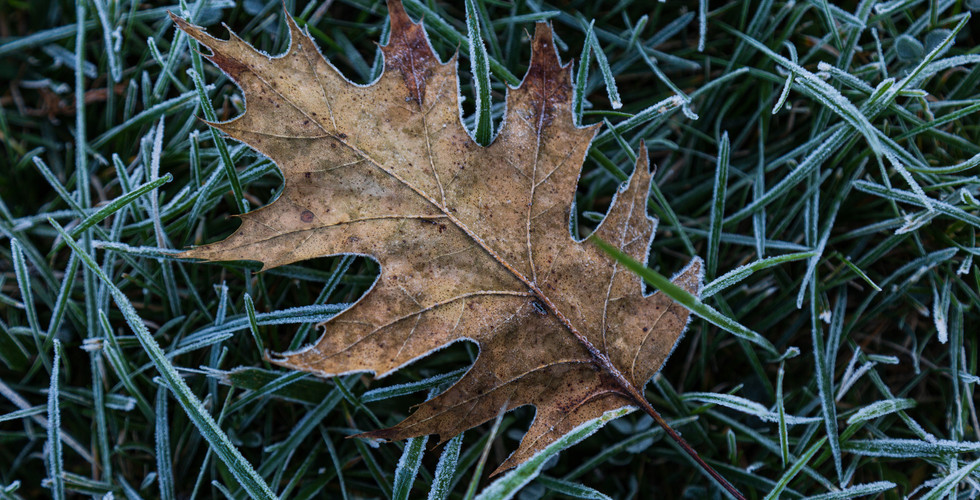

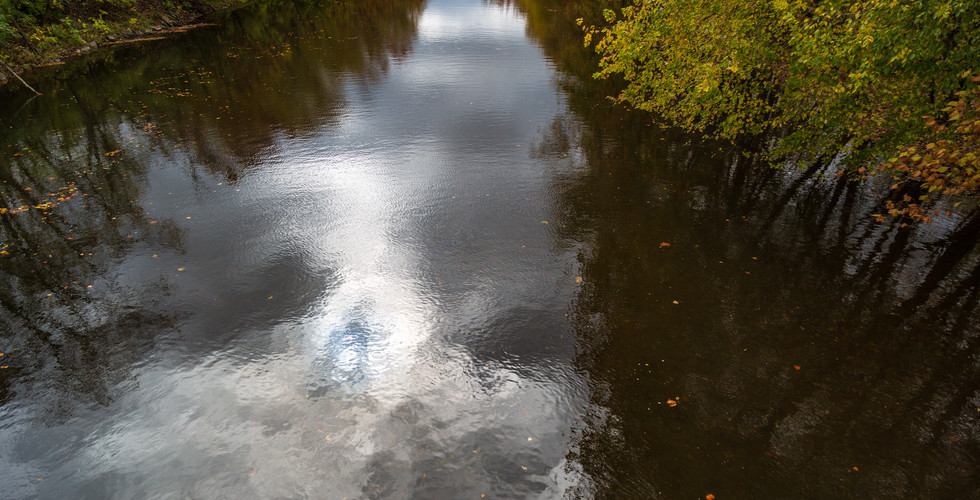






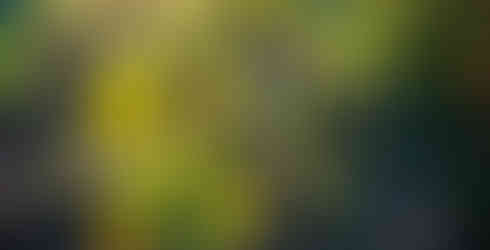


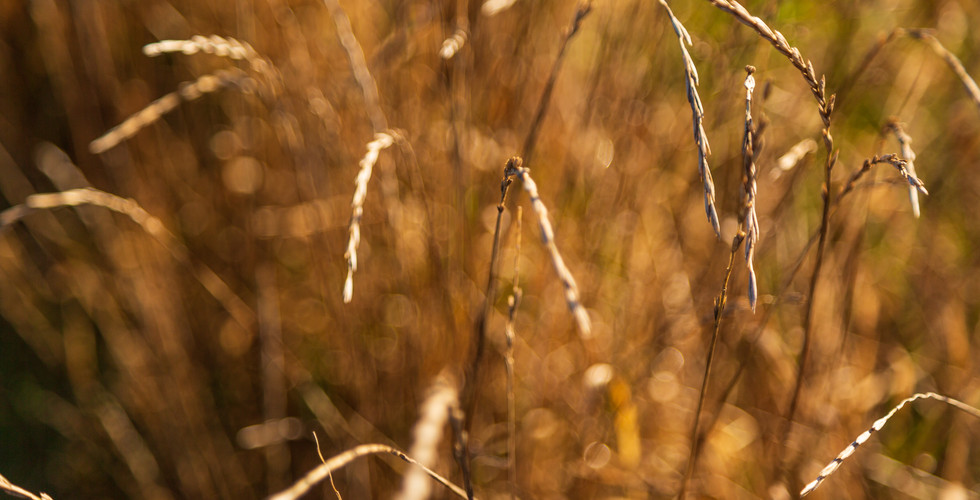














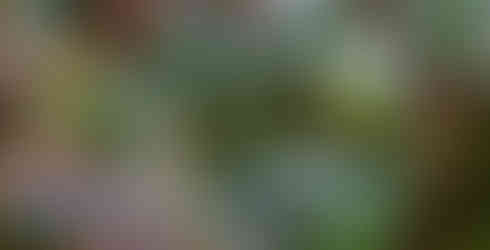



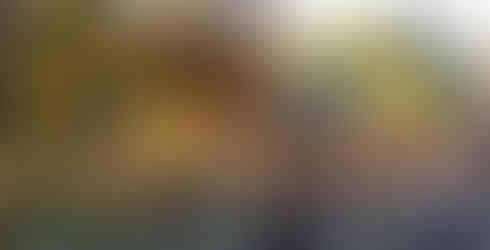

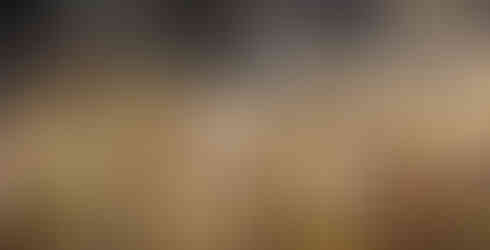





















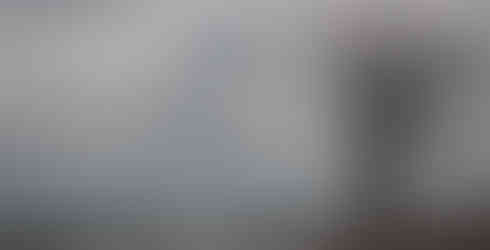


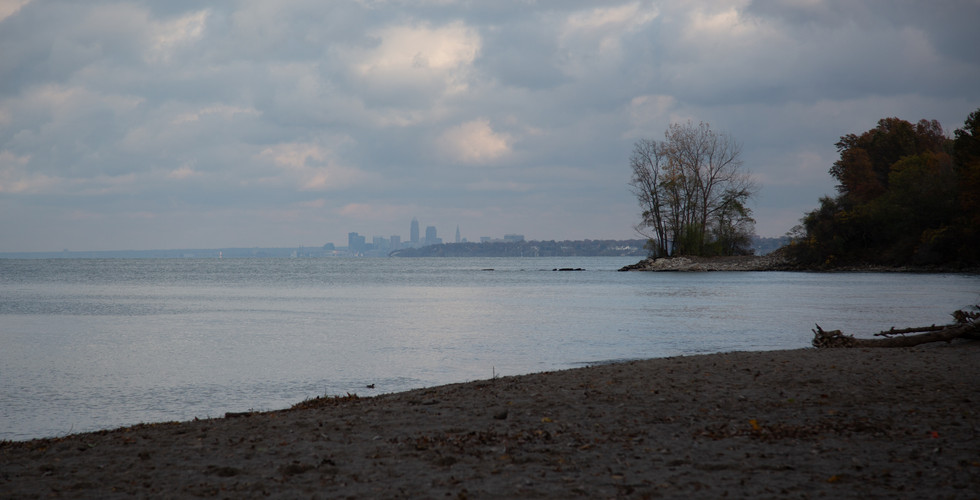


Merci la Technologie : c'est grâce à elle que nous nous sommes rencontrés... // Thank you Technology: it is thanks to it that we met ...